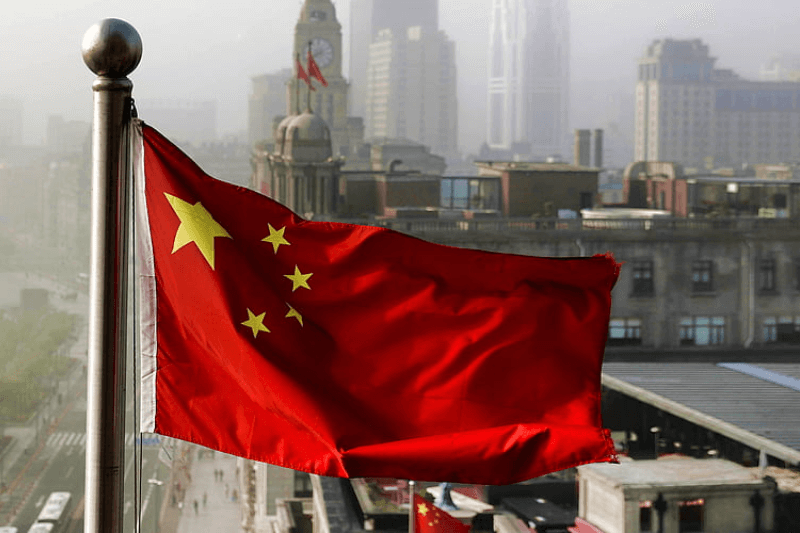
China Drives: Overtaking Japan in Auto Exports
In a significant revelation, data from the Japan Automobile Manufacturers Association (JAMA) underscores a transformative shift in the global automotive arena. China has dethroned Japan as the world’s largest vehicle exporter, a revelation that reshapes the dynamics of the automotive industry.
Japan’s Auto Export Landscape: A Closer Look
JAMA’s latest report reveals that Japan exported a commendable 4.42 million vehicles in 2023, marking a 16% increase from the previous year. Concurrently, domestic auto sales in Japan reached nearly 4.78 million vehicles, showcasing robust growth in the industry. However, these impressive figures are overshadowed by the monumental shift in the global hierarchy.
China’s Ascension: A Swift Rise to Prominence
Contrary to Japan’s 4.42 million exports, China’s emergence as the leader is substantiated by the China Association of Automobile Manufacturers’ data, indicating an astounding 4.91 million vehicle exports in the same period. This monumental achievement reflects a remarkable 58% surge from the previous year, with the surge predominantly fueled by the export of electric and hybrid vehicles.
Keep Reading
The Electric Revolution: A Driving Force Behind China’s Success
A pivotal aspect of China’s surge lies in its strategic focus on electric and hybrid vehicles. The surge in these eco-friendly alternatives underscores a shift in global consumer preferences and emphasizes China’s prowess in adapting to and driving industry trends.
Japan’s Declining Auto Sales and the Long Reign at the Top
Japan’s automotive industry has been a stalwart for years, holding the coveted position of the world’s leading auto exporter since 2017. However, the recent data signals a significant turning point. Japan’s car exports, totaling 4.2 million in 2022, represent a decline and suggest a challenging landscape for traditional combustion engine vehicles.
A Historical Perspective: Japan’s Auto Sales Trajectory
A glance at the broader picture reveals a gradual decline in Japan’s auto sales since the year 2000. This decline is indicative of shifting market dynamics, where consumer preferences, technological advancements, and global economic factors contribute to a complex landscape for traditional automakers.
Japan’s Response: Evolution in Powertrains
Japanese automotive giants, notably Toyota and others affiliated with JAMA, have been proactive in responding to the changing landscape. The industry has witnessed a surge in investments in Electric Vehicles (EVs), hybrids, fuel cells, and diverse powertrains. This strategic approach aligns with the global push towards sustainability and alternative energy sources.
Navigating the Electric Future: A Global Perspective
As the automotive landscape undergoes a paradigm shift, the rivalry between China and Japan symbolizes the broader global transition. Both nations are navigating the challenges posed by an evolving industry, emphasizing the need for innovation, sustainability, and adaptability.
In conclusion, the recent data unveiling China’s surpassing of Japan in auto exports signifies a new chapter in the automotive narrative. China’s ascendancy reflects its strategic investments in cutting-edge technologies and aligns with a global push towards electric mobility. Japan, while experiencing a decline, showcases resilience through diversified powertrain investments. The global automotive industry witnesses a dynamic interplay of forces, emphasizing the need for continuous adaptation and innovation.




